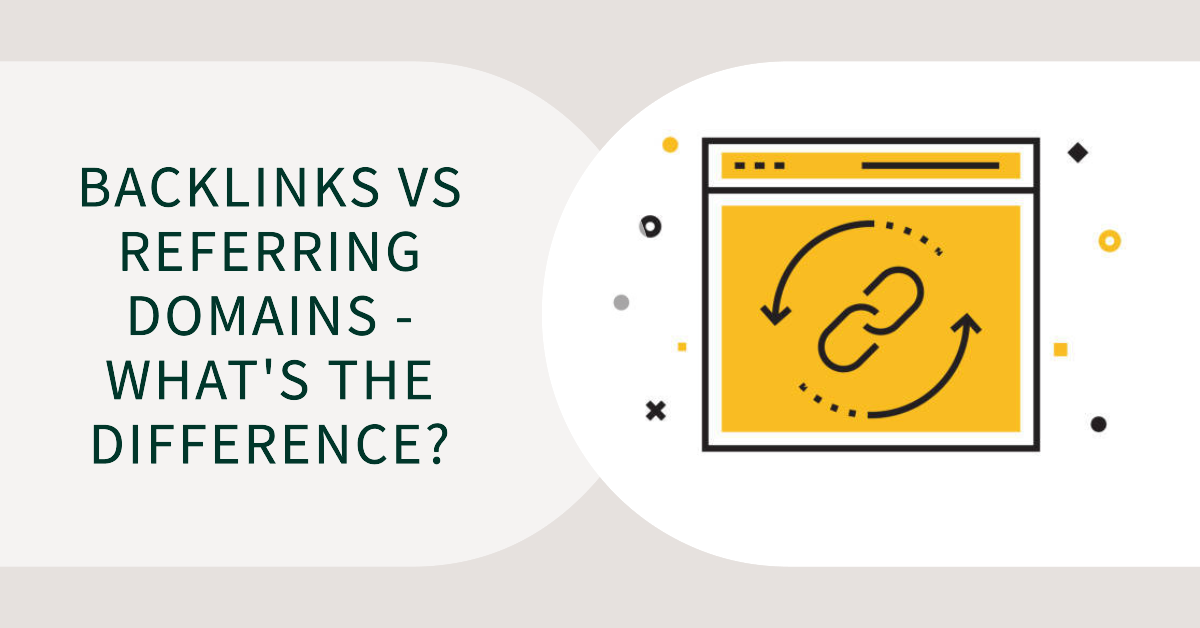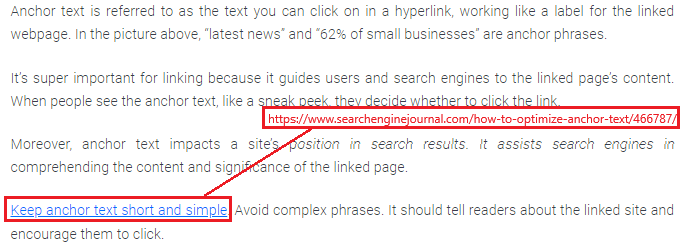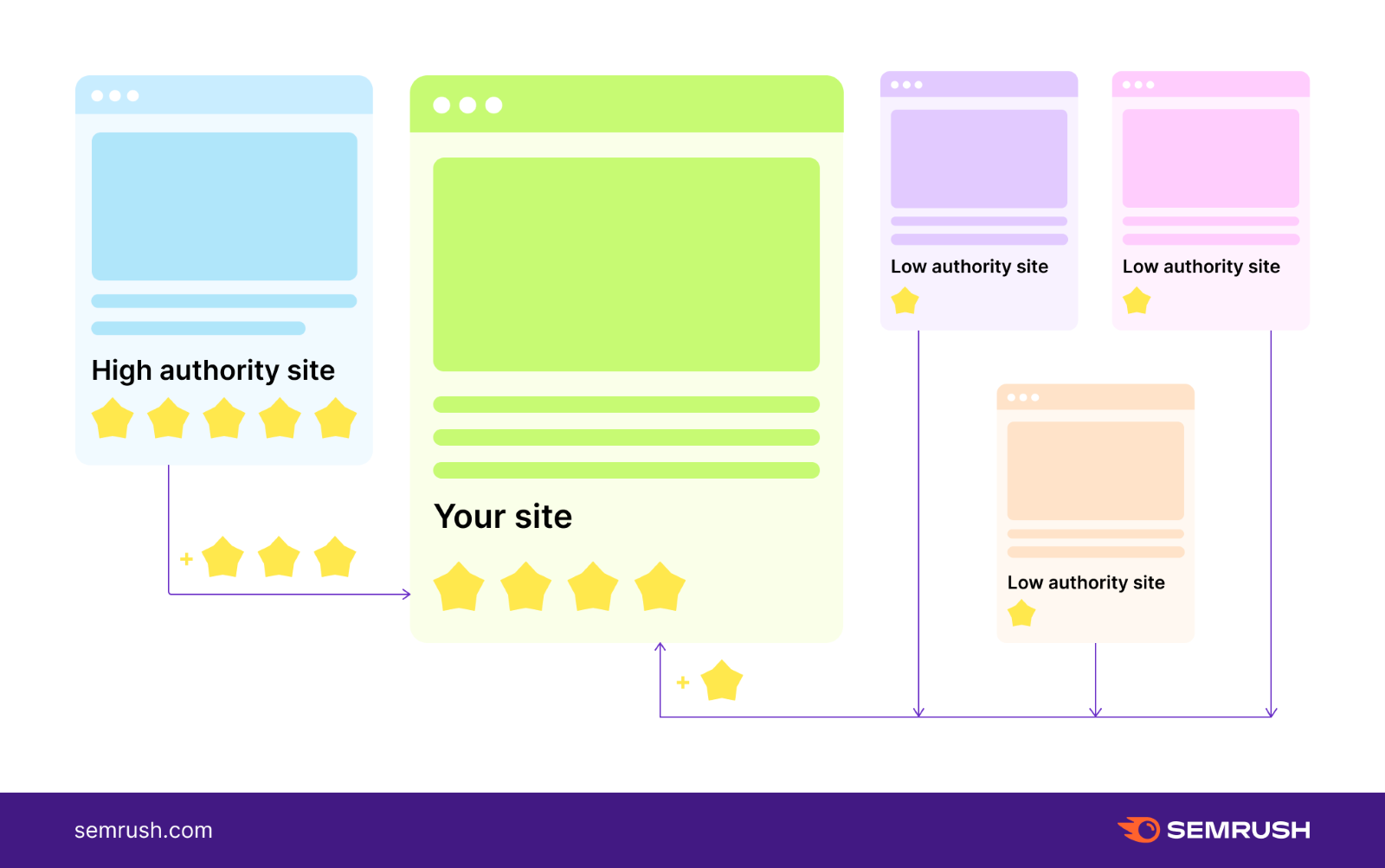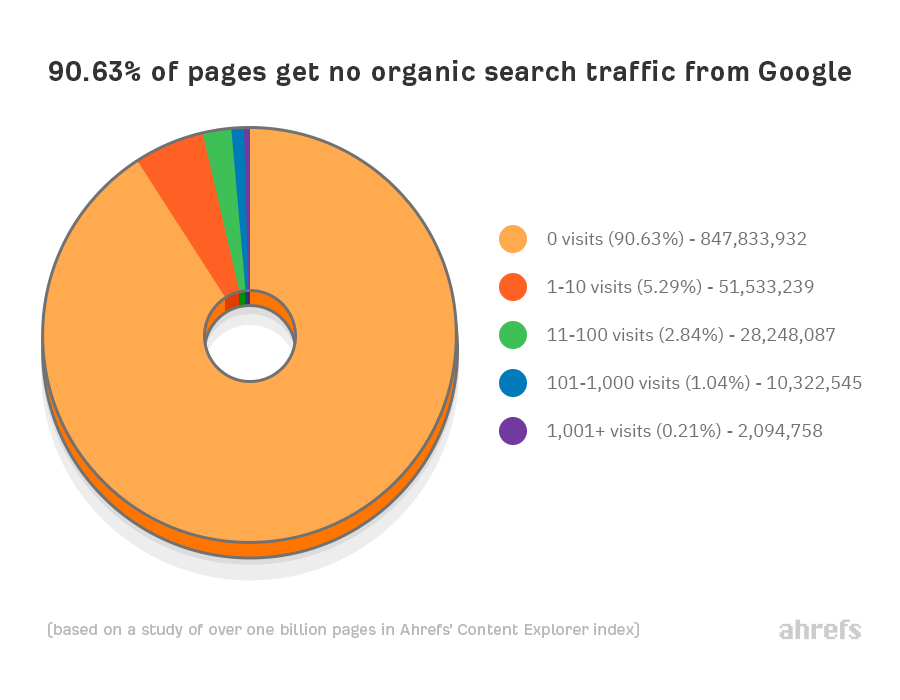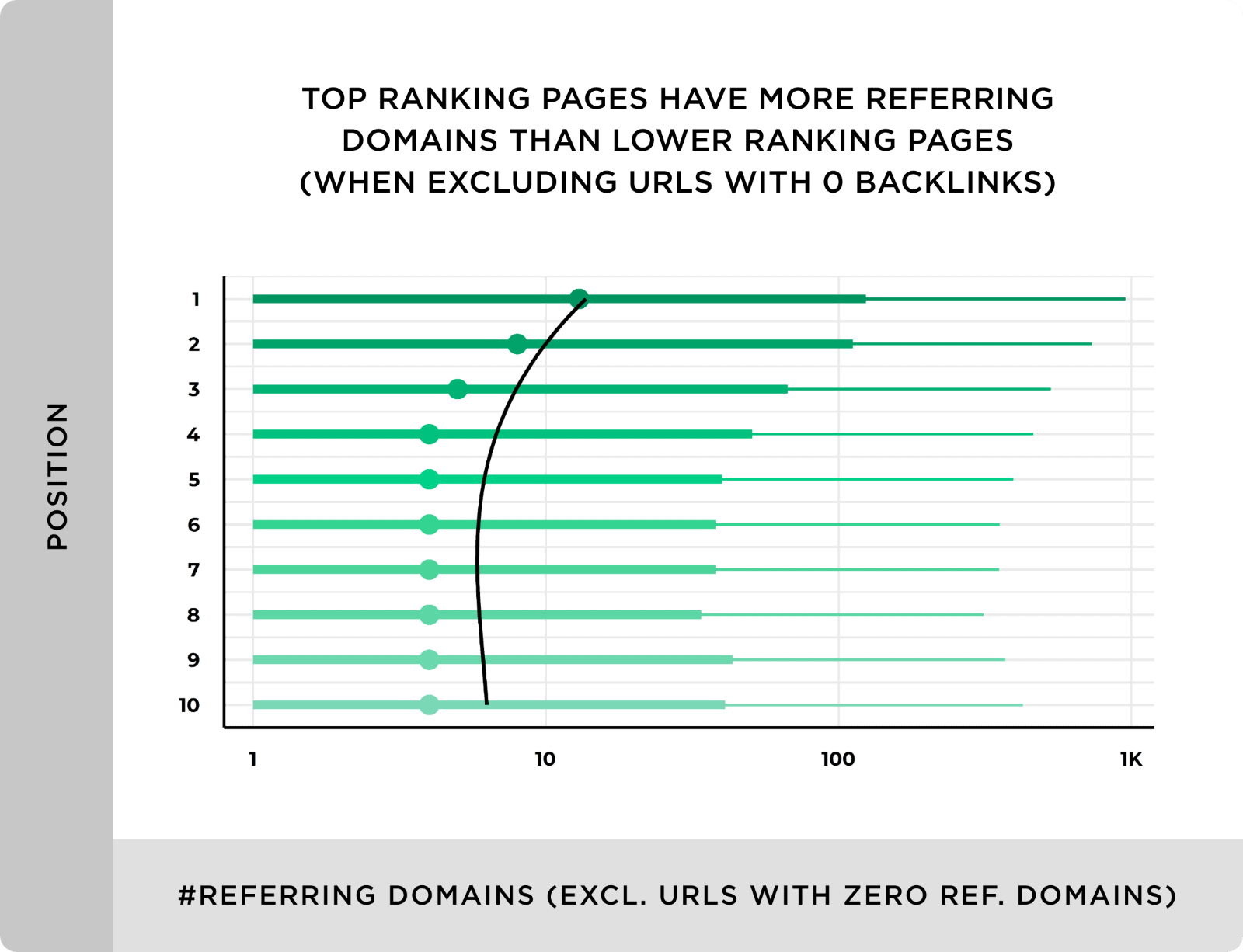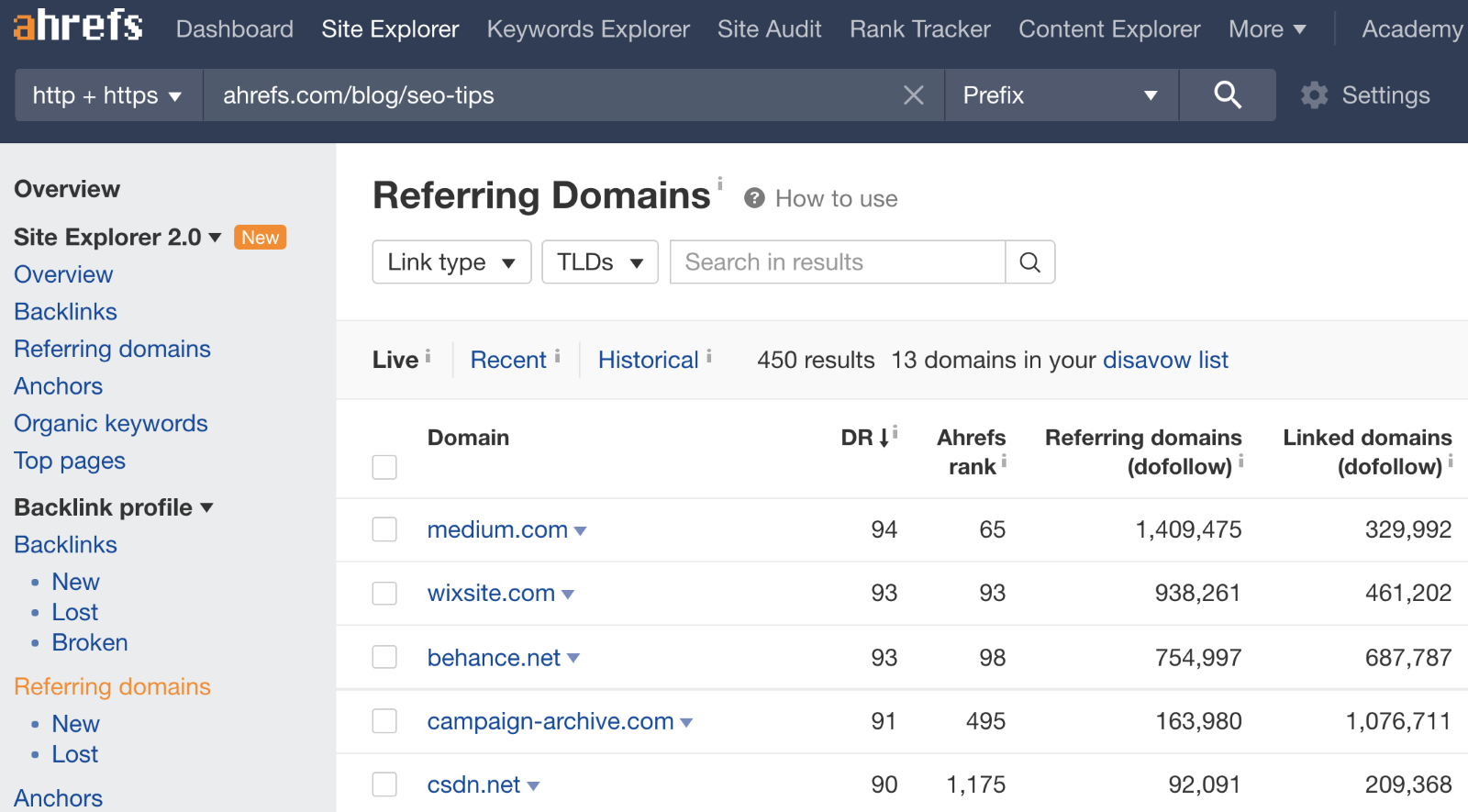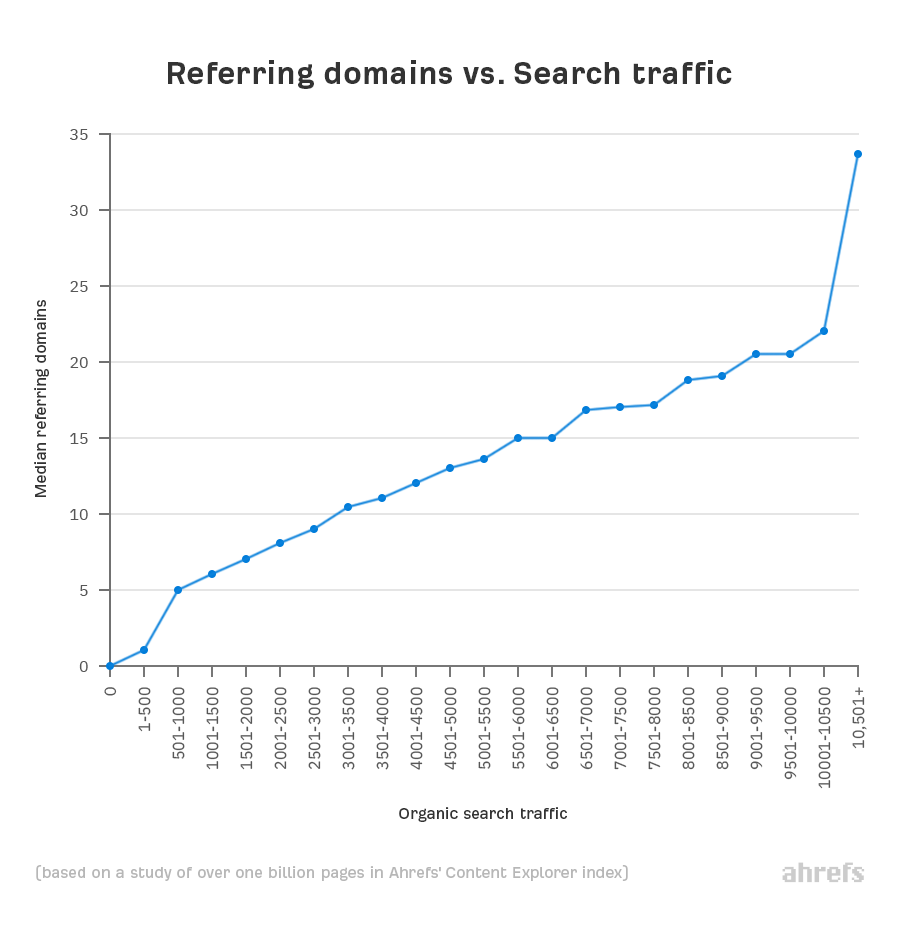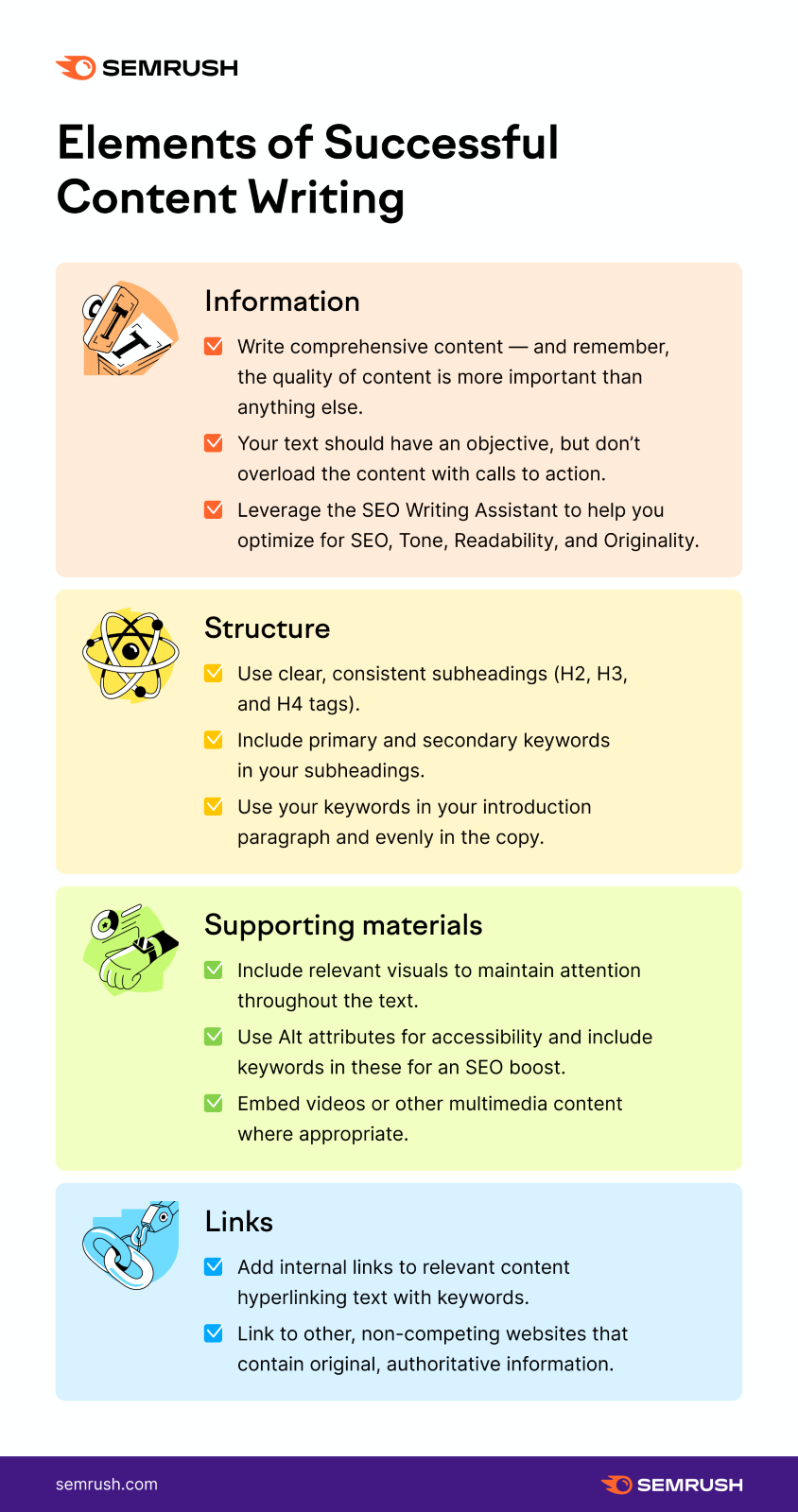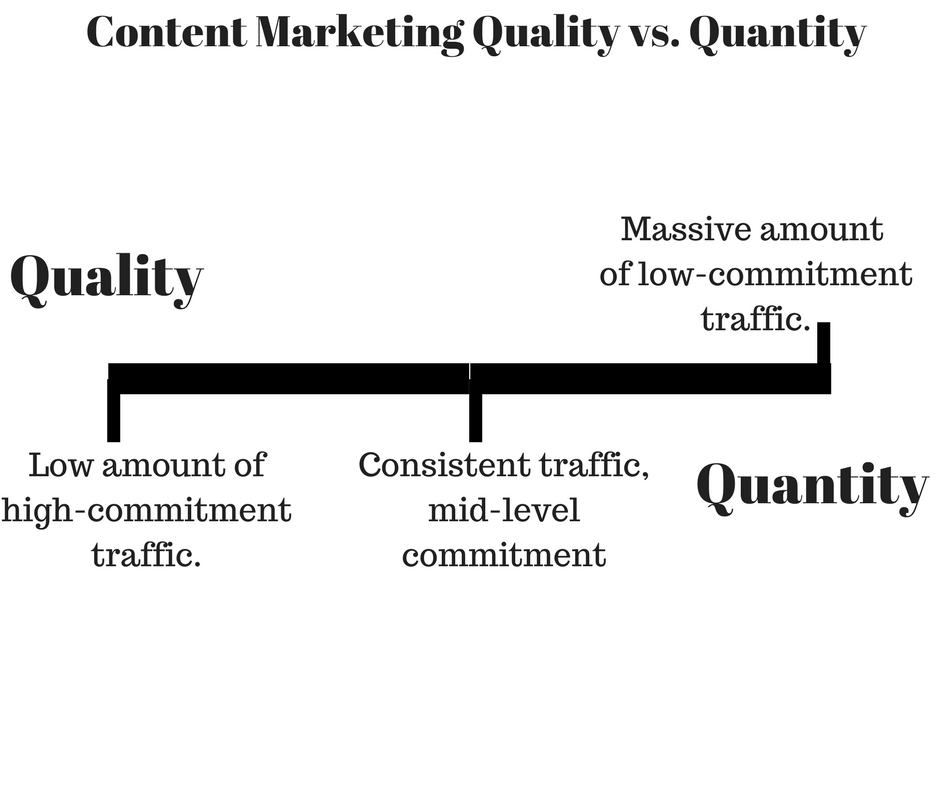Have you ever wondered what makes Google favors some website, showing them on the top of search engine result pages?
Well, that is the magic of SEO (Search Engine Optimization).
This digital phenomenon works as a digital compass, leading the audience directly to your online doorstep.
Hold tight, as today we will discuss the crucial showdown: Backlinks vs. Referring Domains.
These two dynamic elements are the secret weapons wielding the power to boost a website’s reputation within search engines.
In this blog, we will discuss their individual role, weigh quality against quantity, tips to build an effective SEO strategy, and ultimately address the burning question: What sets backlinks and referring domains apart?
Join us as we explore these crucial components, shedding light on their key roles within the realm of SEO strategies.
Understanding Backlinks
In the fascinating digital world, backlinks emerge as the secret ingredient that helps take the website to the top of search engine results. As per more than 53% of SEO experts, backlinks will hold the same significance as the search itself in the future.
In the following sections, we will explore this vital concept’s intricacies that shape your website’s authority and visibility.
What are Backlinks?
Let’s unravel the digital magic that powers the internet: backlinks.
Imagine backlinks as the online version of high-fives between websites. They act as a digital bridge that links one website to another.
You know when your friend recommends an awesome book?
Well, backlinks work the same way, but for websites. When a site inserts your website link in its content, it’s like saying, “Hey, this website is informative, relevant, and worth checking out!”
For example, in the above image, the backlink of another website is provided on the anchor text, “keep anchor text short and simple.”
These links assist search engines in finding out which sites are trustworthy and have valuable information that the audience is searching for. They are vital in increasing website visibility and credibility, helping it climb the ladder of search engine rankings.
Significance of Backlinks in SEO
The significance of backlinks in SEO can be defined by the following points:
- Backlinks are a digital recommendation, suggesting to search engines that your content is valuable, engaging, and informative.
- Search engines like Google use backlinks to analyze the authority and relevancy of a website, impacting its position in search results.
- Backlinks earned from high-domain authority website enhances a site’s visibility, attracting more organic traffic and increasing its chances of being discovered by more people.
- Websites with high-quality backlinks are often ranked higher in search engine result pages, gaining an edge over competitors.
For instance, the above graphic shows the impact of a high-authority site on a website compared to backlinks acquired from a low-authority website.
- Backlinks, when combined with valuable content and technical optimizations, create a well-rounded SEO strategy that elevates the website to prominence in the online landscape.
Different Types of Backlinks
There are two different types of backlinks, each impacting your website’s SEO journey uniquely. Let’s take a closer look at them:
Dofollow
Dofollow backlinks are like SEO power-ups. Getting a dofollow link from a website is like getting a stamp of approval from the digital universe. This type of backlink doesn’t simply connect the pages; they also help pass on “link juice,” a secret sauce that enhances your search engine ranking.
Dofollow backlinks are crucial for climbing to the top of the internet visibility ladder because they give search engines a straight route to identify and index your content.
This is how a dofollow link will look in HTML.
Nofollow
Nofollow backlinks are a subtle yet influential player in the SEO game. While they might not hold the same value as dofollow links, they still matter. These links don’t pass on “link juice” and are tagged with a nofollow attribute, suggesting to search engines that they shouldn’t be considered direct endorsements.
Despite this, nofollow backlinks are little puzzle pieces that contribute to a well-rounded backlink profile, driving traffic, boosting brand visibility, and building a diverse online presence.
The following is an example of how a nofollow link will look like in HTML:
The Role of Referring Domains
Let’s dive into the world of referring domains and examine their role.
Referring domains are online recommendations from other relevant websites that signal to search engines that your website is worth checking out. These links are like stamps of approval in the online world.
Recent comprehensive research by Ahrefs revealed an intriguing connection: among nearly 1 billion pages analyzed, most pages with no referring domains received zero traffic from Google.
The more top domain and authoritative the referring domain is, the more it adds to your website’s reputation. It doesn’t matter the number of links your website has; what matters is the reputation of the website providing you with backlinks.
These links play a crucial role in persuading search engines that your website consists of relevant content, which can boost your chances of ranking well on search engine result pages.
Importance of Referring Domains
The following are the key points highlighting the importance of referring domains:
- Referring domains act as validations from reliable sources. When highly reputable websites link to your site, it enhances your website’s credibility and establishes authority in the industry.
- Links acquired from high-domain authority websites are seen as a vote of confidence. These connections tell that your website is valuable and relevant in the eyes of search engines.
- The quality of referring domains holds immense power over your website’s search engine rankings. When search engines notice reputable sites vouching for your content, they’re more likely to boost your position in search results.
- Your website visibility is enhanced with the help of referring domains. With more websites linking to your content, your site becomes more discoverable, opening doors for a larger audience to explore and visit your website.
As evident from Backlinko’s study of 11.8 million Google Search results, the quantity of referring domains emerges as a paramount ranking element within Google’s algorithm. This underscores the significant role that the number of domains linking to a webpage plays in determining its position in search results.
- When you acquire links from various referring domains, it adds depth to your backlink profile. Having links from diverse sources highlights your website’s popularity and authority from different viewpoints.
Avoiding Backlink Monotony: The SEO Limit of Repeated Referring Domains
Backlinks from referring domains boost SEO; however, it is essential to note that having several links from a single domain might not provide significant benefits. Search engines, like Google, might consider these duplicates less impactful.
Instead of quantity, you must prioritize diverse domains for a more balanced and effective SEO strategy. This approach highlights a wider network of support and enhances your website’s authority.
Remember, a diverse backlink portfolio holds the key to maintaining continuous SEO growth.
Differences Between Backlinks and Referring Domains
Navigating the complexities of SEO requires understanding the divergent roles played by backlinks and referring domains. These two SEO concepts, although related, possess different features that shape their impact on a website’s prominence and authority.
1. Defining the Terms
Backlinks: Backlinks are essentially digital signposts that connect one website to another. When you click on a link, it takes you to a different website altogether. They’re the roads that take you from one piece of content to another across the internet.
As you can see from the above image, the World Wildlife Fund provides backlinks to other top companies, like Supercook, Big Oven, and MyFridgeFood, in their blog post.
Referring Domains: Referring domains are the websites where backlinks live. Think of these domains as the neighborhoods that host these roads. They’re friendly neighbors who share information about relevant websites with others. These domains link to other content, guiding the audience from their own virtual home to other external sports across the web.
For example, the above image highlights the referring domains of the Ahrefs webpage.
2. Multiplicity of Links
Backlinks: When it comes to backlinks, it’s about how many individual links a webpage has. It’s like counting how many times other websites have linked to a specific page.
Referring Domains: Referring domains, on the other hand, are about the number of different websites that are linking to your webpage. It’s not just about counting the links themselves but also considering the unique sources that are endorsing your content.
As per the study by Ahrefs, the higher number of backlinks from different websites (referring domains) is directly connected to an increase in the likelihood of generating more website traffic.
3. Link Quantity vs. Domain Diversity
Backlinks: This aspect of SEO focuses on the total number of backlinks a webpage has. It’s about counting how many times other websites have linked to that particular page.
Referring Domains: On the other hand, referring domains emphasize the variety of websites that are linked to a webpage. Instead of just collecting lots of badges from the same places, this looks at how many unique neighborhoods (domains) you’ve visited. Having a diverse range of referring domains signals to search engines that your content is being endorsed by various sources.
4. Authority Impact
Backlinks: Backlinks have an impact on a website’s authority by contributing to its overall link profile. Each backlink acts as a “vote” from another website, indicating that your content is valuable or relevant. However, if many backlinks come from the same domain, their impact might diminish.
Referring Domains: Referring domains play a crucial role in establishing a website’s authority. Getting several high-quality and diverse referring domains indicates that your website/content is informative and supported by several sources. The quantity of links doesn’t play a significant role, but the diversity and the quality of referring domains have a larger impact on your website authority.
5. Search Engine Perception
Backlinks: Backlinks have a crucial role in how search engines view a webpage’s trustworthiness and relevance. When a webpage consists of numerous quality backlinks from reputable sources, search engines take it as a cue that the content is valuable and deserves to be discovered by the audience.
Referring Domains: Referring domains offer a wider perspective to search engines. The quality and variety of referring domains signal that your website garners trust and validation from diverse authoritative sources. Search engines consider the overall reputation of the domains linking to your website or content, using it to assess the credibility and pertinence of your content.
6. Holistic Website View
Backlinks: When it comes to backlinks, the emphasis lies on the backlinks connecting individual pieces of content. Each backlink serves as a pathway from one webpage to another, creating a web of relationships that search engines use to understand the content’s context and relevance.
Referring Domains: Referring domains offer a broader perspective by showcasing the network of websites that endorse and support a particular domain. It’s about looking at the bigger picture of how various sources trust and reference your content. This wider view provides insight into the overall reputation and influence of your website across the digital landscape.
This table sums up the key distinctions that define the roles of backlinks and referring domains in shaping a website’s online presence.
| Aspect | Backlinks | Referring Domains |
| Definition | Hyperlinks connecting webpages. | Websites containing these backlinks. |
| Multiplicity of Links | A single webpage can have many links. | One domain can have multiple links. |
| Link Quantity vs. Domain Diversity | Emphasizes the number of links. | Shifts focus to the diversity of linking domains. |
| Authority Impact | Each backlink contributes, but many from the same domain might have a diminishing impact. | Diverse domains are crucial for maintaining strong authority. |
| Search Engine Perception | Individually analyzed clues for relevance. | Broader view of a network of endorsements from various domains. |
| Holistic Website View | Specific connections between content pieces. | Broader perspective on the support network from multiple websites. |
Building an Effective SEO Strategy
Creating an effective SEO strategy requires meticulous planning that involves using both backlinks and referring domains. This balance is crucial to strengthen your website and increase its online presence.
Here’s how you can ace your strategy:
A) Quality Content: The Foundation of Natural Backlinks
Writing quality and ease-to-share content is like preparing the ground for acquiring backlinks naturally. When your content is interesting, valuable, and meets what the audience is searching for, others naturally want to mention it.
High-quality content is like a magnet, drawing backlinks without you having to force it. This process not only makes your website more trustworthy but also increases its position in search engines.
The above image showcases some of the elements you must keep in mind while drafting a piece of content.
B) Outreach and Collaboration: Acquiring Authoritative Referring Domains
Don’t wait for referrals to come knocking at your door. Instead, take the initiative to reach out and collaborate.
Identify authoritative and reputable websites in your industry and suggest a mutual partnership that benefits both parties. This could include guest posts, partnerships, and expert contributions that offer opportunities to secure referring domains from credible sources, elevating your website’s reputation.
C) Diverse Backlink Profile: Balance Quantity and Quality
The magic lies in balance. While quantity matters, don’t overlook the power of diversity. A mix of backlinks from various domains adds depth to your link profile.
Ensure a healthy combination of dofollow and nofollow links, along with a range of referring domains. This diversity signals authenticity to search engines and positions you as a trustworthy resource.
Getting high-quality backlinks will help you drive a low amount of high-commitment traffic, whereas acquiring backlinks in large quantities doesn’t guarantee quality links, and therefore, the traffic is also not relevant. Hence, you must aim to follow the middle path, actively looking for medium-quality backlinks with substantial traffic volume.
D) Monitor and Adapt: Continual Refinement for SEO Triumph
Effective SEO strategies are not set in stone. Regularly monitor the performance of your backlinks and referring domains.
Keep an eye on which strategies yield the best results and adjust your approach accordingly. As algorithms evolve, staying adaptable ensures your SEO strategy remains effective in a dynamic digital landscape.
Conclusion
In the intricate world of SEO, understanding the distinction between backlinks and referring domains is akin to unlocking the key to effective online visibility.
Backlinks act as pathways while referring domains are the neighborhoods that endorse your digital presence. The balance between these two elements is the linchpin of a successful strategy.
Quality content beckons organic backlinks, while diverse and authoritative domains bolster credibility. Together, they shape your website’s reputation in the eyes of both users and search engines.
Embracing these nuances empowers your journey toward SEO excellence, where each link and domain contributes to a holistic online narrative of trustworthiness and authority.
